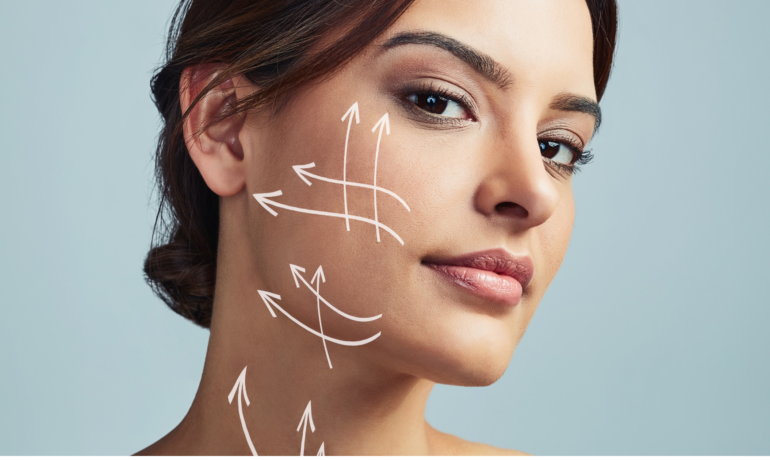Fat grafting is a medical procedure that transfers fat from one part of the body to another. Surgeons use this technique to harvest fat cells from areas where you have excess body fat, then inject those cells into locations where you may want more fullness or contour. People explore this option for numerous cosmetic and reconstructive reasons. Here are some ways to determine if fat grafting is right for you:
What Is Fat Grafting?
Fat grafting is a multi-stage surgical process that begins with harvesting fat using liposuction. A small cannula is inserted into a donor site such as the abdomen, thighs, or flanks, areas where you may carry extra fat. After extraction, the collected tissue is processed for purification. This involves specialized equipment that spins or filters the raw material to separate healthy fat cells from impurities, such as excess fluids, blood, and oil. The goal is to isolate viable fat cells that are suitable for transfer.
The purified fat is then loaded into syringes for reinjection. Surgeons place tiny amounts of fat in several tissue layers. This helps verify that transplanted fat survives and forms natural-feeling volume in the new area. Common sites for fat injection include the face, such as the cheeks or under the eyes, to restore lost volume. The breasts, buttocks, hands, or areas affected by injury or scarring could also be a transfer site.
What Are the Benefits?
Fat grafting uses your own tissue, rather than synthetic implants or fillers. This means your body is less likely to react to the introduced material, as it is already familiar to your system. For individuals seeking to avoid synthetic substances, this approach offers a natural alternative.
Fat grafting also offers the potential for body contouring. The fat removed from one zone, such as love handles or thighs, results in slimming that area, while adding fullness to another. Patients sometimes want to smooth facial wrinkles, improve body curves, or restore shape lost to aging or weight changes. The outcome can look natural, as the shape and texture of the fat often blend with surrounding tissues.
Another benefit is the possibility of long-lasting results. Unlike temporary fillers, successfully grafted fat can remain in its new location long-term. Some individuals may need touch-up sessions to achieve their desired effect. Fat grafting may also be used alongside other procedures, such as facelifts or breast reconstruction, to fine-tune results.
Am I a Candidate?
Determining whether this procedure is right for you depends on several factors, including your overall health, aesthetic goals, and availability of suitable donor fat. Here are some things to review when determining candidacy:
- Fat availability: You need a sufficient amount of fat in the donor site for harvesting. Lean individuals may not have enough fat for a transfer.
- General health: Maintaining good overall health supports recovery and reduces the risk of complications. Health issues like blood-clotting disorders or poorly controlled diabetes, as well as smoking, may increase risks.
- Realistic expectations: Discuss your goals, body type, and expectations with your surgeon to understand what’s realistically achievable. Clear communication builds a strong patient-provider relationship.
Schedule a Plastic Surgery Consultation
Connect with a board-certified plastic surgeon who can review your individual situation and offer professional insight when determining if fat grafting is right for you. During a consultation, physicians perform an assessment, listen to your goals, and answer questions you may have. They also explain aspects of the procedure, including preparation and recovery, so you know what to anticipate. To learn more, contact a certified plastic surgeon and schedule an appointment today.


